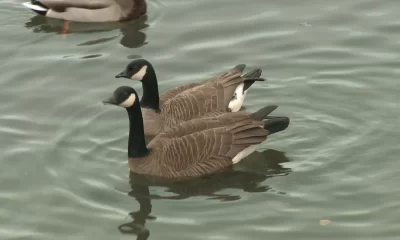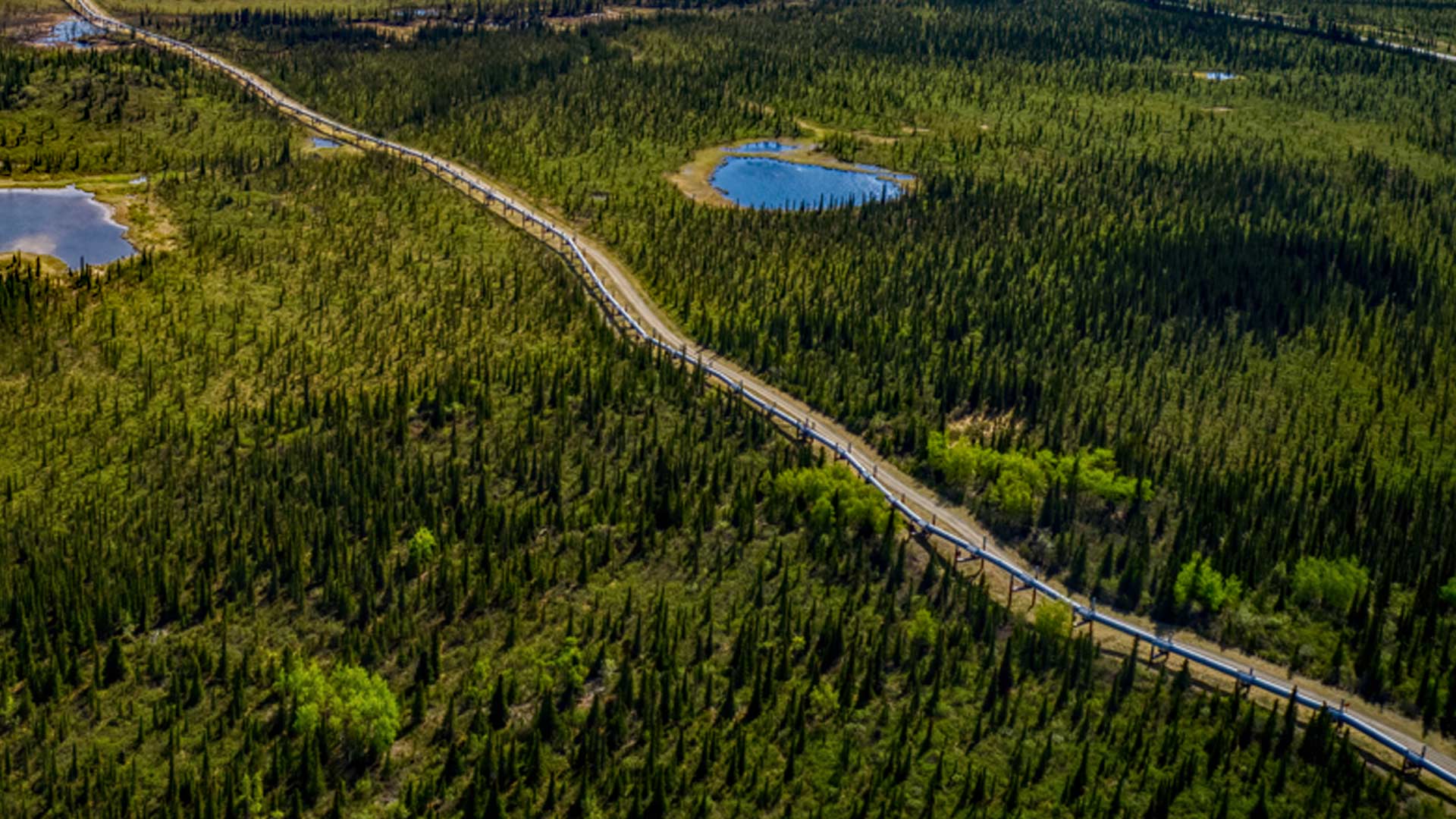Clad in feather boas and tulle, the original members of the beloved Alaska State Fair cabbage fairy troupe passed their leafy skirts to a new generation Friday evening as they flitted into retirement surrounded by 33 giant cabbages.
The pass-off was part of the annual state fair cabbage contest, where a 113.05-pound lunker grown by world record holder Scott Robb of Palmer took first place.
Cabbage fairy founder Ginny Lawton said the same thing that helps cabbages grow also sparked the group’s retirement: time.
“I’m sad,” said Lawton. “And yet the reality is, I have aged.”
:quality(70)/cloudfront-us-east-1.images.arcpublishing.com/adn/ZBQB5LZF7VG7LIQRIZTDGB2J3E.jpg)
:quality(70)/cloudfront-us-east-1.images.arcpublishing.com/adn/4CNDIMAVT5FEHPO2NPM2EEKKFY.jpg)
The fairies made their first appearance at the Alaska State Fair in Palmer in 2005. Inspired by the 2004 cabbage weigh-off, Lawton sketched out handmade costumes and recruited five friends to join her in the flouncy tulle creations. A sixth friend, Mari Jo Parks, came on as manager to help them get to events on time, a challenge because so many fairgoers want photos, she said.
Four of the original six fairies — Jane Desnoyers, Gael Irvine, Audrey Kelly and Ginny Lawton — were present to hand off the leafy skirts, each made from six large cabbage-leaf-shaped placemats strung on a line. Fairy Pat Gakin, who was at the 2022 weigh-off pushed in a wheelchair by her daughter, did not attend this year due to health reasons; fairy Carla Swick was absent due to a family commitment.
Next year, the cruciferous torch will be carried by the new fairies. Their official duties include joining the state fair parade, attending the pumpkin and cabbage weigh-offs and wandering the grounds for photos with fairgoers.
:quality(70)/cloudfront-us-east-1.images.arcpublishing.com/adn/5PE5XLFKAFEOXINTH2QFAJ7R3Q.jpg)
Leading the charge for the new group is Kate Lawton, founder Ginny’s daughter. Like her mother, she recruited the other fairies from among her friends. They include Noel Guinotte, Heather Amgwert, Stacy Stuart and Marta Kopperud. A sixth fairy will be named later, Kate Lawton said.
When her mom announced the original fairies would be retiring, there was no question about taking on the tradition herself, Kate Lawton said. For her it’s all about the fun.
“I’ve heard so many women say, ‘Oh I want to be a fairy!’ And I’m like, ‘So, go be a fairy!’,” she said. “It brings that kind of levity and joy. You can come and have fun and people love to interact with you. And so that is very meaningful.”
[10 things to see and do in the final days of the Alaska State Fair]
Guinotte said she was inspired by her daughter, Lauren, who started growing cabbages at age 10.
“When I had the opportunity to become one, I was like, ‘Oh my gosh, yes,’ ” she said. “I mean, they really add a lot to the fair.”
:quality(70)/cloudfront-us-east-1.images.arcpublishing.com/adn/3NSAOE73PBDOVFGWQEHC7DGQ3M.jpg)
:quality(70)/cloudfront-us-east-1.images.arcpublishing.com/adn/LNKW6S4Y3ZF7XEHICOIQDNGOHA.jpg)
The magic of the fairies is in how people react to them, said Parks, their manager.
“We had no idea when we started this, none, that it would be so popular,” she said.
At the weigh-off, even fairy magic couldn’t make up for the impact of Southcentral Alaska’s cloudy, wet weather on most of this year’s giant cabbage entries. Cabbages typically need moderate temperatures and sunshine to become monsters. Robb’s 113.05-pound winner was the exception, blowing away the nearest competitor by over 40 pounds.
:quality(70)/cloudfront-us-east-1.images.arcpublishing.com/adn/POLO3K5OKFCUDISAI7JWKABT74.jpg)
“I’ve just got a good batch of seed,” he said. “A certain amount of it’s genetics. Some cabbage need warmer weather — they don’t like cloudy days. And some just kind of marshal right through it all. And that’s what I had this year.”
This year’s second-place winner came from Carol Kenley of Palmer and weighed 71.55 pounds. Brian Shunskis of Salcha took third place with his 69-pound entry. The contest carries cash prizes for as many as 20 entries, with first place taking home $1,000.
The green cabbage state fair record sits at 138.25 pounds and was set by Robb in 2012.
:quality(70)/cloudfront-us-east-1.images.arcpublishing.com/adn/KQCVMSSH35CAZDT5MBO5HNZGFI.jpg)
:quality(70)/cloudfront-us-east-1.images.arcpublishing.com/adn/7MDEWHWHXJERLMDVUZEGMTW5SI.jpg)
[A summer of clouds and rain couldn’t stop this year’s winning giant pumpkin]

:quality(70)/cloudfront-us-east-1.images.arcpublishing.com/adn/ZBQB5LZF7VG7LIQRIZTDGB2J3E.jpg)
:quality(70)/cloudfront-us-east-1.images.arcpublishing.com/adn/6ZGOV4572ZAV7KGW47P5W7JB6I.JPG)
:quality(70)/cloudfront-us-east-1.images.arcpublishing.com/adn/POL63DCPERDLVCVJUKAHXAJJUI.JPG)
/cloudfront-us-east-1.images.arcpublishing.com/gray/NTWGEU7CVRD2ZJPNL7BVFD3QEU.bmp)
/cloudfront-us-east-1.images.arcpublishing.com/gray/O5436XNWGZDK5B5U7LYY67JFYI.bmp)
/cloudfront-us-east-1.images.arcpublishing.com/gray/OK26OUZLF5HKHBEC3VHKVBQDOY.bmp)





















/cdn.vox-cdn.com/uploads/chorus_asset/file/25739950/247386_Elon_Musk_Open_AI_CVirginia.jpg)



